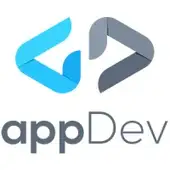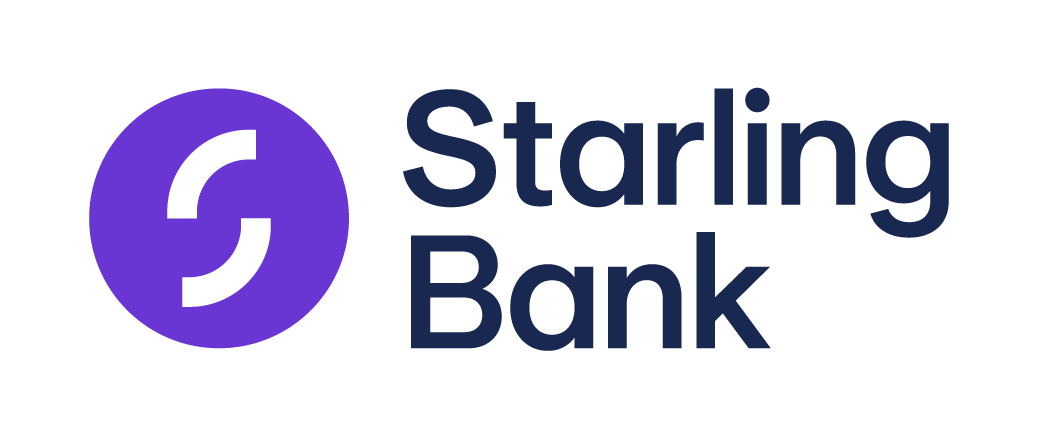The most comprehensive course for learning Jetpack Compose
Build 12 independent projects, interacting with a vast range of essential Compose APIs
Buy Now Free Preview733 copies sold ($66,800)
Built using Jetpack Compose 1.6.7
Course last updated: 04/05/2024
Trusted by












What you'll learn
API Coverage
🏗️
UI Composition
So that you can utilise composables, you'll need to learn the foundations of composing UI. Throughout the projects we'll introduce you to and guide you through UI composition, so you'll be confident in building your on compose apps from start to finish!
🧱
Layout
When it comes to laying our our composables, there are many different pieces of the layout APIs that provide support for this. Throughout the projects we build, we'll be covering all of the different parts of the layout APIs, so that you can learn how these can be used in to build Android layouts.
🧑🎨
Material Design
Material Design plays a crucial part in the look and feel of Android Apps. We'll be using the Compose Material Components package throughout the projects, thoroughly using most of the components that it has to offer!
🏛️
Architecture
The way in which we build apps is largely affected by the use of Jetpack Compose, and there are ways which can make working with Jetpack Compose much smoother! Throughout the projects we'll pay close attention to how we are architecting each features to learn how Jetpack Compose fits into Android projects.
👱
Accessibility
So that you can sure your UI is accessible for your users, throughout the projects we will cover the different approaches we take to apply accessibility concepts to our composables.
🎨
Theming
Theming allows you to declare a foundation set of properties that be applied to composabes throughout your project. We'll show you how you can do this within Jetpack Compose.
✨
Animation
Animations can help to engage and delight your users. You'll learn how to create animations using Jetpack Compose during the project development!
💉
Dependency Injection
Using Dependency Injection is a common use case in many projects, and things can look a little different with compose. We'll cover how you can use Hilt with Jetpack Compose and View Models.
🗺️
Navigation
Within your apps you'll likely want to navigate between different composables. This can be done using the Compose navigation component, which you'll learn how to use thoroughly within the book!
🖼️
Canvas Drawing
While Compose offers a lot of UI components, there are going to be times where we want to have complete control over the things we are drawing. For this we can create custom drawing and components using the canvas, which we'll learn all about throughout various projects!
👇
Gestures
In all applications, user will be performing gestures against our UI. This works a little differently when it comes to Jetpack Compose but fear not, we cover all different types of gesture interactions in the projects.
🧑💻
Interopability
Using Composables alongside the Android UI Toolkit (and vice versa) is going to be required in a range of scenarios. In the projects we will cover several scenarios on how to approach this and learn how to fully support interopability in Compose projects.
🔒
Permissions
Many applications utilise permissions to access specific features and/or data on a device. Whether its device media, location or camera acess - how we do this in Compose app changes looks a bit different compared to existing approaches, which we'll cover in this course.
⛓️
Constraint Layout
The Constraint Layout empowered us to create complex layouts when compared with using legacy View imlpementations. This concept is also available in compose and useful in certain scenarios, which we'll teach you all about in the listed projects.
⚒️
Custom Composables
While the compose APIs offer a lot of functionality and flexibility, there are going to be some scenarios where we need to work with lower-level APIs to build desired components and layouts. We'll be creating custom composables using these lower level APIs to give you the experience for this in your own projects
🖥️
Adaptive Layouts
Building layouts that adapt to different screen sizes / orientations helps to improve the UX of our applications. In this course we cover how you can create more adaptive layouts when creating UI with Jetpack Compose.
Pricing
Number of team members:
Read
179
- ebook course (ePub, azw3, PDF and HTML)
- 1800+ pages of tutorial content
- Build 12 Compose Projects
- Source Code
Master
349
- ebook and video course (MP4, ePub, azw3, PDF and HTML)
- 1800+ pages of eBook content
- 12+ hours of video content
- Build 12 Compose Projects
- Source Code
Watch
249
- video course (MP4)
- 12+ hours of video content
- Build 12 Compose Projects
- Source Code
